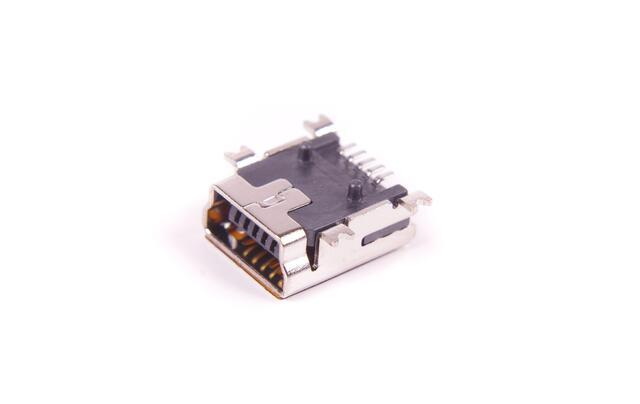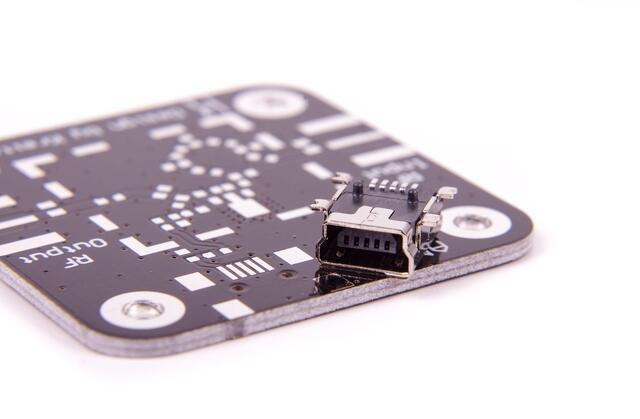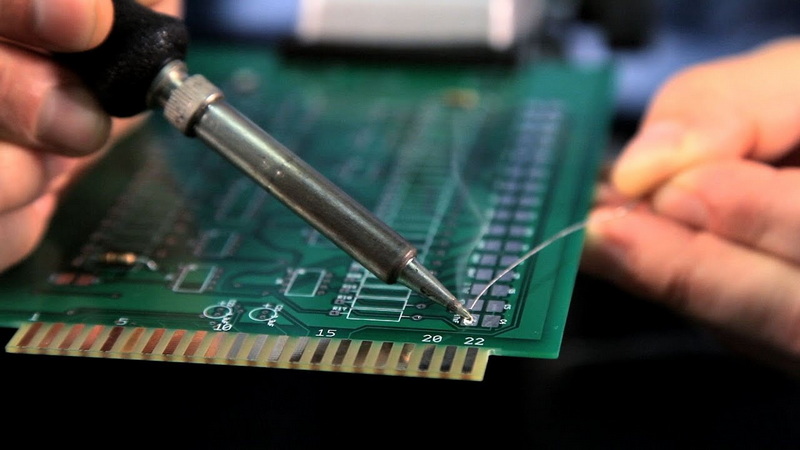Content Menu
● Introduction
● Understanding SMT Manufacturing Costs
● Strategies for Optimizing SMT Manufacturing Costs
>> Invest in Advanced Equipment
>> Implement Lean Manufacturing Principles
>> Optimize PCB Design
>> Enhance Supply Chain Management
>> Train and Retain Skilled Labor
>> Utilize Automation and Robotics
>> Conduct Regular Maintenance
>> Analyze Production Data
>> Explore Alternative Materials
>> Collaborate with Industry Partners
● Conclusion
● Related Questions
>> 1. What are the main factors affecting SMT manufacturing costs?
>> 2. How can lean manufacturing principles help reduce costs?
>> 3. What role does automation play in SMT manufacturing?
>> 4. Why is employee training important in SMT manufacturing?
>> 5. How can data analytics contribute to cost reduction in SMT manufacturing?
Introduction
Surface Mount Technology (SMT) has become a cornerstone of modern electronics manufacturing, enabling the production of smaller, lighter, and more efficient devices. However, as the demand for electronic products continues to rise, optimizing SMT manufacturing costs is crucial for companies aiming to maintain competitiveness in a crowded market. This article explores various strategies to reduce SMT manufacturing costs while ensuring high-quality production.

Understanding SMT Manufacturing Costs
SMT manufacturing costs encompass a range of expenses, including materials, labor, equipment, and overhead. Understanding these costs is the first step toward effective optimization. Key components of SMT manufacturing costs include:
- Material Costs: The cost of components, PCBs, and solder materials.
- Labor Costs: Wages for operators, engineers, and support staff.
- Equipment Costs: Investment in SMT machines, maintenance, and upgrades.
- Overhead Costs: Utilities, rent, and administrative expenses.
By analyzing these components, manufacturers can identify areas for cost reduction.
Strategies for Optimizing SMT Manufacturing Costs
Invest in Advanced Equipment
Investing in state-of-the-art SMT equipment can significantly enhance production efficiency. Automated component placement machines, for instance, improve accuracy and speed, reducing labor costs and minimizing defects. According to a study by ThinkSemi, advanced placement equipment can lead to a substantial decrease in production costs by increasing throughput and reducing rework rates.
Implement Lean Manufacturing Principles
Lean manufacturing focuses on minimizing waste while maximizing productivity. By adopting lean principles, manufacturers can streamline their processes, reduce cycle times, and lower costs. Techniques such as value stream mapping can help identify inefficiencies in the production line, allowing for targeted improvements.
Optimize PCB Design
The design phase is critical in controlling SMT manufacturing costs. Utilizing design for manufacturability (DFM) principles can lead to more efficient layouts, reducing the number of components and simplifying assembly. Additionally, choosing smaller SMT components can lower material costs and improve placement efficiency.
Enhance Supply Chain Management
Effective supply chain management is essential for controlling costs. Establishing strong relationships with suppliers can lead to better pricing and more reliable delivery schedules. Additionally, implementing just-in-time (JIT) inventory practices can reduce holding costs and minimize waste.

Train and Retain Skilled Labor
Investing in employee training can enhance productivity and reduce errors. Skilled operators are more efficient and can troubleshoot issues quickly, minimizing downtime. Furthermore, retaining experienced staff reduces recruitment and training costs, contributing to overall cost savings.
Utilize Automation and Robotics
Automation plays a crucial role in modern SMT manufacturing. By incorporating robotics into the production process, manufacturers can achieve higher precision and speed, leading to lower labor costs and increased output. Automated systems can also operate continuously, maximizing production capacity.
Conduct Regular Maintenance
Regular maintenance of SMT equipment is vital for preventing breakdowns and ensuring optimal performance. Implementing a preventive maintenance schedule can reduce downtime and extend the lifespan of machinery, ultimately lowering costs associated with repairs and replacements.
Analyze Production Data
Utilizing data analytics can provide insights into production performance and cost drivers. By analyzing metrics such as yield rates, cycle times, and defect rates, manufacturers can identify trends and areas for improvement. This data-driven approach enables informed decision-making and targeted cost reduction strategies.
Explore Alternative Materials
Investigating alternative materials can lead to significant cost savings. For example, using lower-cost solder materials or alternative PCB substrates can reduce material expenses without compromising quality. However, it is essential to ensure that any changes meet industry standards and do not affect product performance.
Collaborate with Industry Partners
Collaboration with other manufacturers and industry partners can lead to shared resources and knowledge. By participating in industry forums and networks, companies can learn from best practices and innovative solutions that can help reduce costs.
Conclusion
Optimizing SMT manufacturing costs is a multifaceted challenge that requires a strategic approach. By investing in advanced equipment, implementing lean principles, optimizing PCB design, and leveraging data analytics, manufacturers can significantly reduce costs while maintaining high-quality production. As the electronics market continues to evolve, staying ahead of cost challenges will be crucial for long-term success.

Related Questions
1. What are the main factors affecting SMT manufacturing costs?
The main factors include material costs, labor costs, equipment costs, and overhead expenses. Understanding these components is essential for effective cost management.
2. How can lean manufacturing principles help reduce costs?
Lean manufacturing principles focus on eliminating waste and improving efficiency, which can lead to reduced cycle times and lower production costs.
3. What role does automation play in SMT manufacturing?
Automation enhances precision and speed in production, reduces labor costs, and increases output, making it a vital component of cost optimization.
4. Why is employee training important in SMT manufacturing?
Training improves operator efficiency and reduces errors, leading to lower production costs and higher quality products.
5. How can data analytics contribute to cost reduction in SMT manufacturing?
Data analytics provides insights into production performance, helping manufacturers identify trends and areas for improvement, enabling targeted cost reduction strategies.




















